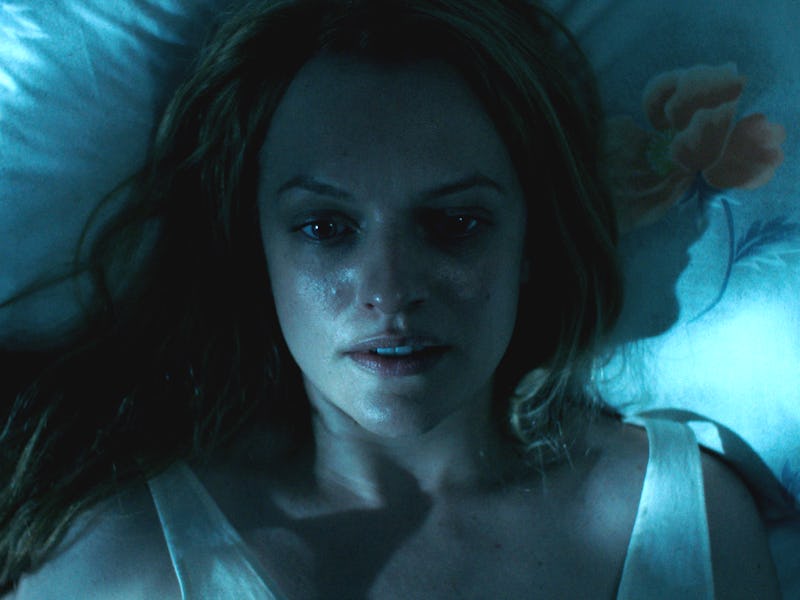A Noob's Guide to Margaret Atwood and 'The Handmaid's Tale'
Everything you need to know about 'The Handmaid's Tale' before the Hulu series.

Margaret Atwood’s 1985 classic, The Handmaid’s Tale, is currently receiving buzz online again for two reasons: a TV show adaptation will hit Hulu on April 26, and many fans see real-world parallels to the book under President Donald Trump’s leadership. If you’re feeling left out of these “Atwood” lore party conversations, here’s everything you need to know.
The Handmaid’s Tale depicts a dystopian version of near-future America in which a totalitarian theocracy has taken over the government and thrown out the Constitution. Their justification? It’s for the greater good, to combat Islamic terrorism. In the book, this “Islamic terrorism” has a vague face; in Hulu’s modernized update, Americans give up their freedoms under the threat of ISIS. The end result is a society in which women are stripped of the right to own property, spend money, read, and live as autonomous citizens. In the world of Gilead — which is the name future-America has chosen — women are men’s property.
The most chilling aspect in The Handmaid’s Tale is the creeping slide from a reality that mirrors our own into this nightmarish world. This isn’t a Hunger Games-esque dystopia full of exciting fight scenes. It’s a calmer, more controlled dystopia, similar to the one depicted in Kazuo Ishiguro’s Never Let Me Go.
Both the book and the show linger on mundane details: protagonist Offred’s spartan room and the way Handmaids use butter on their faces and hands because lotion is a rare luxury. In the world of the show, it’s now normal for Offred to walk past hanged bodies on her daily walks. Some of the dead bear signs declaring their crimes against society: Being a “gender traitor” means the bearer was caught having non-heteronormative sex. Others are abortion doctors, priests, or rabbis.
Women are divided into strict social roles: If they’re fertile, they’re Handmaids, aka concubines whose only purpose is procreation. Otherwise, they’re Wives, who must be present while their husbands impregnate Handmaids. Less classically attractive infertile women are Marthas, or household servants, and Aunts, aka post-menopausal women who instruct the Handmaids. If a woman refuses to fit into any of these prescribed roles, she’s rejected from society as an Unwoman.
As a Handmaid, Offred belongs to Fred, the Commander of the household she’s assigned to. That’s why she’s called Offred; Handmaids don’t receive names for any purpose other than identifying which man they belong to. She must partake in the Ceremony with him, a ritualistic sex act in which she pulls up her dress without removing any other clothing and lies in his wife’s lap while he fucks her. “What he is fucking is the lower half of my body,” Atwood says through her protagonist. Offred specifies that she doesn’t consider it rape because she “signed up for it.” But if she rejected life as a Handmaid, her only other choice is to be imprisoned, killed, or sent to work with nuclear waste.
This society has conditioned Offred into thinking she isn’t being raped, and though it’s more extreme than ours, this has countless reflections in the real world. The Handmaid’s Tale is a world in which men police women’s bodies at the most literal level. Forget the argument over pro-life or pro-choice; everything from sex acts to pleasure to procreating is controlled by the government. If a Handmaid gives birth, she must give the child to the Commander and his Wife to raise while she moves on to another household to repeat the same cycle.
By holding a magnifying glass up to systemic sexism and rape culture, Atwood tells a tale as old as time — which is why The Handmaid’s Tale continues to feel relevant. So long as the patriarchy exists, so long as women and men alike act according to their internalized misogyny, The Handmaid’s Tale will feel as prescient as it did in 1985.
The Handmaid’s Tale premieres on Hulu on April 26.